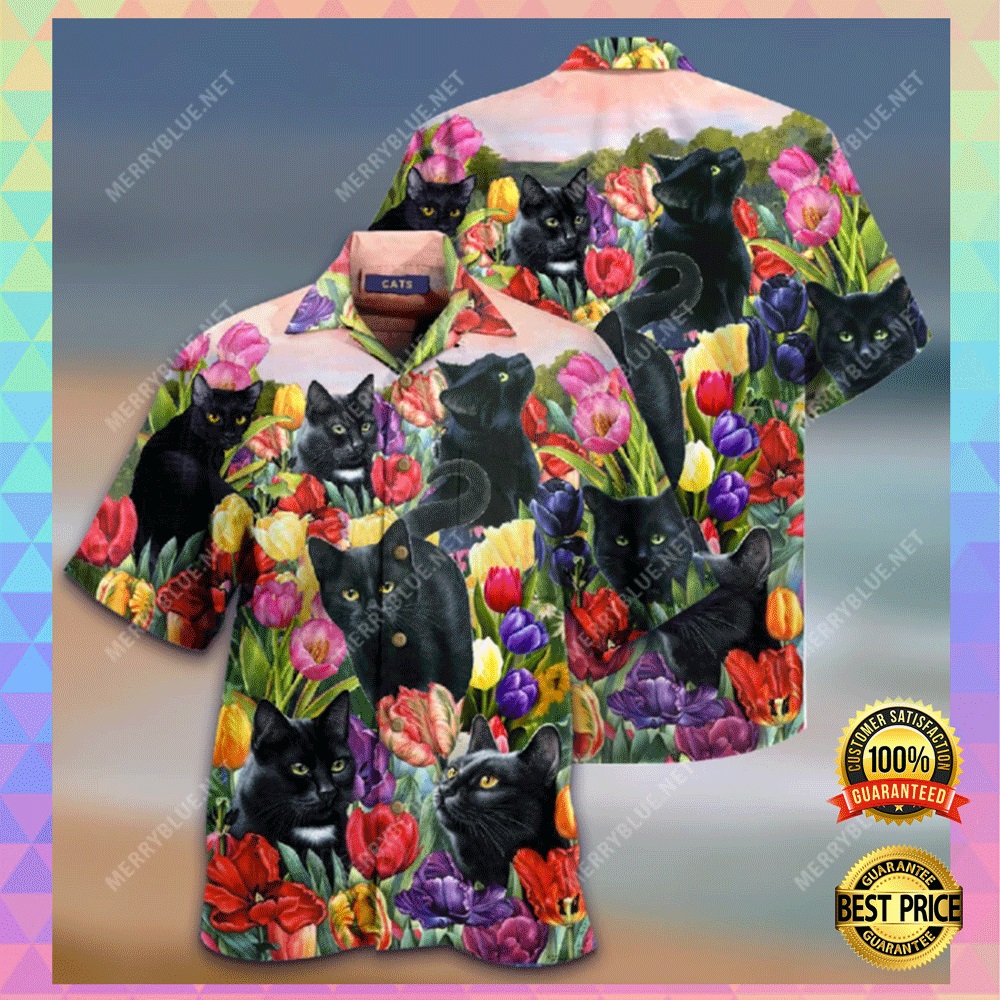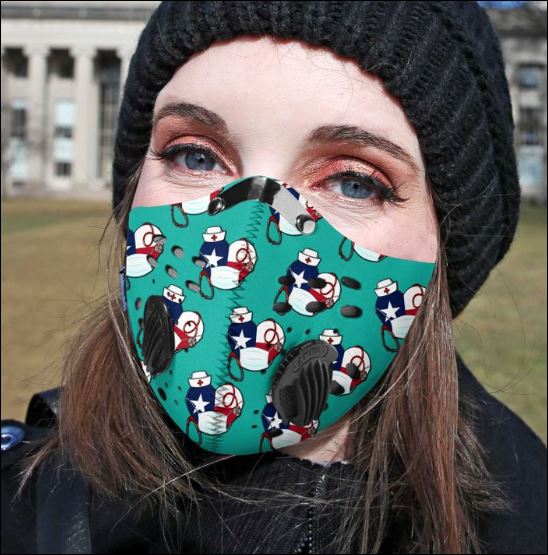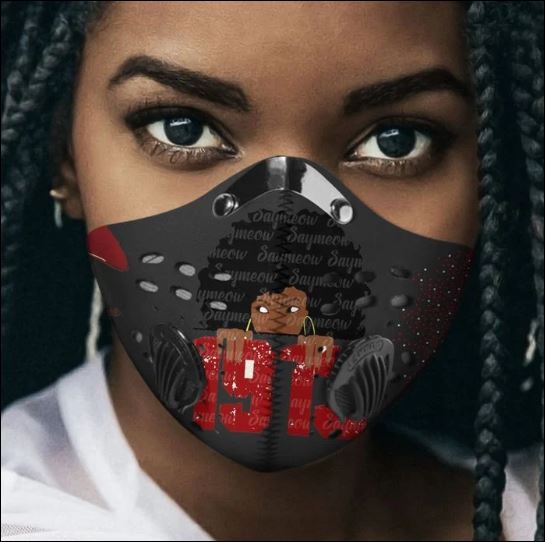Cops are exploiting our weak laws against it,” by Ranjana Natarajan, explains where law enforcements are using excessive force on a black male, named Eric Garner. In “Racial Profiling in Preschool,” by Editorial Board, expresses how black adolescents are given harsher punishments than others. Based on the analysis of strong textual evidence and the conducted research, it is clear that racial profiling is an unnecessary policing strategy because there are many possibilities such as unjustified deaths, the isolation of individuals, and irrational accusations. An indication that disproves the claims that racial profiling is an essential policing tactic centers on the idea that it can lead to unreasonable accusations. In the article, Jim Crow Policing, Black cat and tulip Herbert states “Several plaintiffs detailed how their ordinary daily lives were interrupted by cops bent on harassment for no good reason” (Herbert 11). This shows that police are making things up to get citizens in trouble. Police say they stop people for wearing “inappropriate attire for the season”, which is unacceptable, since the first amendment depicts the idea that you have the right to free expression, that means that the government can not forbid us from believing what we want, or what we want to wear.
Click to get it on Ethershirt
Black cat and tulip hawaiian shirt

Sometimes police are not wrong about suspicious attires, for example wearing a bomber jacket to the airport on a warm day. In these cases, the statistics shows that the police suspension on people Before enrolling in this class, I was unaware of the topic that would be introduced to us. Black cat and tulip Many of my friends have taken this class in the past and recommended that I check each course to see which topic the class focuses on. Instead, I neglected their words of advice and dove into the class blind. Although I was unaware of the topic to be introduced, once I heard it being about mass incarceration, I was somewhat relieved. The class I took as a prerequisite to Writing 39C was Writing 37 and the topic was about racial conflict in the past. Upon hearing the topic in our first session, my mind instantly linked together the racial conflict I had prior knowledge about to the racial profiling that was an incentive to the mass incarceration. Connecting these two broadened my view on the “New Jim Crow” and allowed me insight on where I wanted to start my research and how to branch off from it. In the beginning of my research, I was not as interested with the topic, but at a certain point of piecing my research together, I was filled with motivation for it. Once I was able to piece in my mind that the issue I selected could be advocated in such a prospering way motivated me.
How to get it?



To be frank, I felt as if I was an actual advocate who advocated for my solution to the government. Embarrassingly enough, I became very passionate with my solution because I truly believed that my topic was a major problem in society that influenced our nation as a whole. Of the supplementary readings provided, I found “From Slavery to Mass Incarceration” by Loïc Wacquant the most intriguing. Black cat and tulip This particular article is based on “rethinking the ‘race question’ in the US” and the disproportionate institutions set apart for African Americans in the United States. The volatile beginnings of African Americans presented obvious hardships for future advancement, but Wacquant argues that they still suffer from a form of modern slavery. Wacquant introduces four “peculiar institutions” that are responsible for the “control” of African Americans throughout United States history: chattel slavery, the Jim Crow system, the ghetto, and arguably the dark ghetto.
Homepage: Dnstyles






